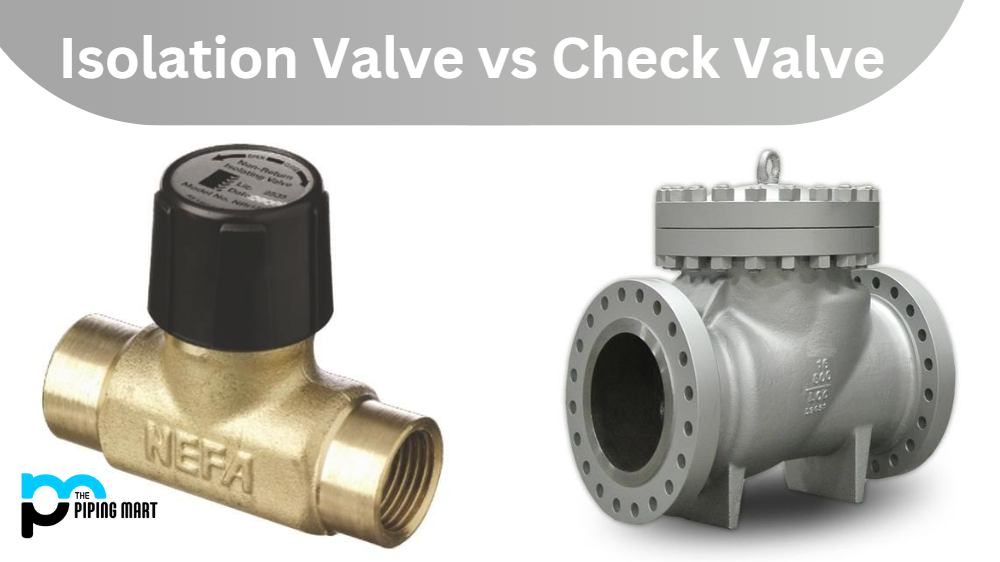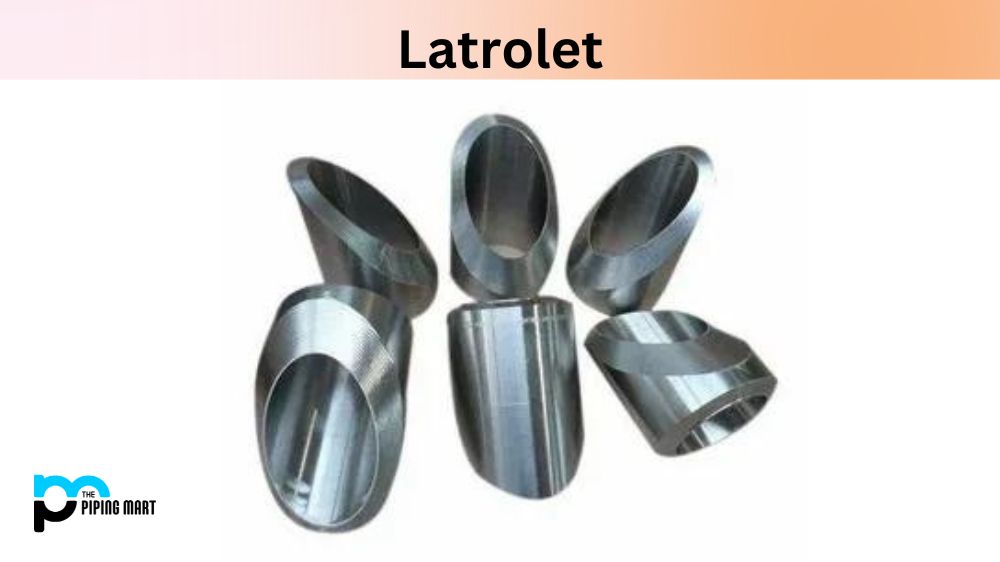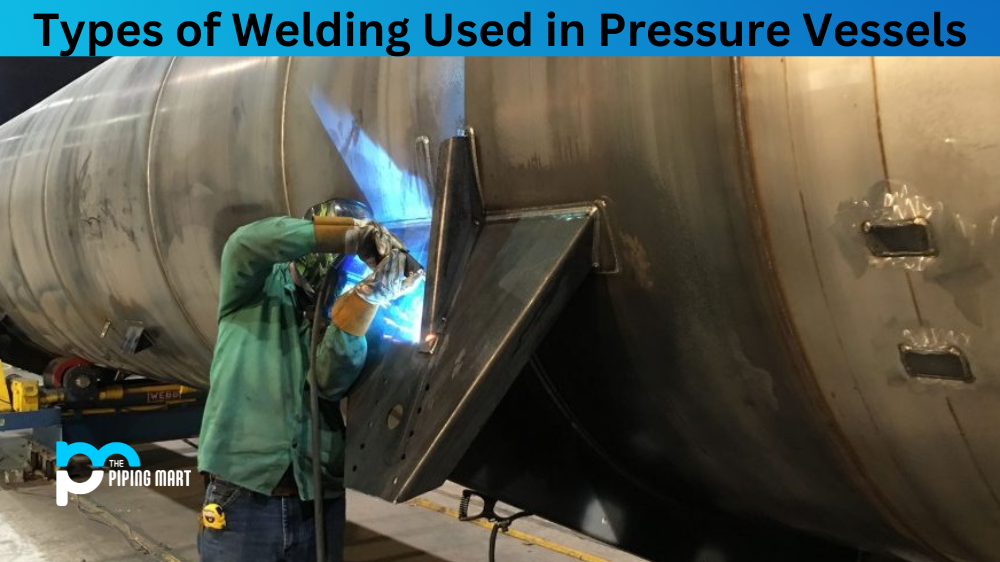When controlling the flow of fluids through pipelines, two types of valves are commonly used: isolation valves and check valves. Both of these types of valves serve different purposes, and they are used in other applications. Knowing the differences between these two types of valves can help you decide which one to use in your specific application. In this article, we will explore the differences between isolation valves and check valves, and we will help you decide which one to choose for your pipeline system.
What is Isolation Valve?
An isolation valve is designed to completely shut off fluid flow through a pipeline. They are commonly used to control the flow of liquids or gases in industrial, commercial, and residential systems. Isolation valves are typically used when a system needs to be shut down for maintenance, repairs, or other reasons. Examples of isolation valves include gate, ball, globe, and butterfly valves.
These valves are ideal for situations where the flow needs to be completely shut off, such as in a fire suppression system. They are also suitable for high-pressure applications where a tight seal is essential. Isolation valves are often used as a safety feature, as they can help prevent leaks, spills, and other accidents.
What is Check Valve?
Unlike isolation valves, check valves are designed to allow fluid to flow in only one direction. They are commonly used to prevent backflow, the reverse flow of fluids through a pipeline. Check valves are typically used in situations where the flow of fluid needs to be controlled, such as in pumping systems, heating, ventilation, air conditioning (HVAC) systems, and water systems.
Check valves come in many different shapes and sizes, including swing check valves, tilting disc check valves, lift check valves, and ball check valves. They are suitable for low to medium-pressure applications, and they are often used in situations where the flow of fluid needs to be maintained in one direction.
Difference Between Isolation Valve and Check Valve
Both isolation and check valves are necessary components in many fluid control systems. However, they serve different functions and are used in other applications. Isolation valves are ideal for situations where fluid flow needs to be completely shut off, such as in a fire suppression system. Check valves are suitable for conditions where fluid flow needs to be maintained in one direction, such as in a pumping system.
When deciding which type of valve to use, you need to consider the specific requirements of your particular system. Factors such as pressure, flow rate, temperature, and chemical composition can impact the type of valve best suited for your application. You will also need to consider the cost of the valve, as well as the cost of maintenance and repair.
Choosing the right valve
You should consult a professional supplier or distributor to choose the correct valve for your application. They can advise on which type of valve best suits your needs. They can also provide information on valve specifications, installation procedures, and maintenance requirements.
When selecting a valve supplier, you should look for a company with a proven track record of providing high-quality valves and exceptional customer service. You should also look for a company offering a wide range of valve products, including isolation, check, and other valves.
Other Differences
- Isolation valves shut off water flow to a particular fixture or appliance, while check valves allow water to flow in only one direction.
- Isolation valves are typically installed on the main water line, while check valves are installed on the supply lines to individual fixtures.
- Isolation valves are usually larger than check valves.
- Check valves are designed to prevent backflow, while isolation valves are not.
- Isolation valves can isolate a problem with a particular fixture or appliance, while check valves cannot.
- Check valves can prevent backflow from a sewer line or sump pump, while isolation valves cannot.
- Check valves require less maintenance than isolation valves.
- Isolation valves are more expensive than check valves.
Conclusion
In summary, isolation and check valves serve essential functions in many fluid control systems. By understanding the differences between these two types of valves, you can choose the one best suited for your particular application. Whether you need to completely shut off the flow of fluid or maintain the flow of fluid in one direction, the correct valve can help you achieve your goals and keep your system running smoothly. So, consult a professional valve supplier today, and choose the right valve for you!

Abhishek is a seasoned blogger and industry expert, sharing his insights and knowledge on various topics. With his research, Abhishek offers valuable insights and tips for professionals and enthusiasts. Follow him for expert advice on the latest trends and developments in the metal industry.




